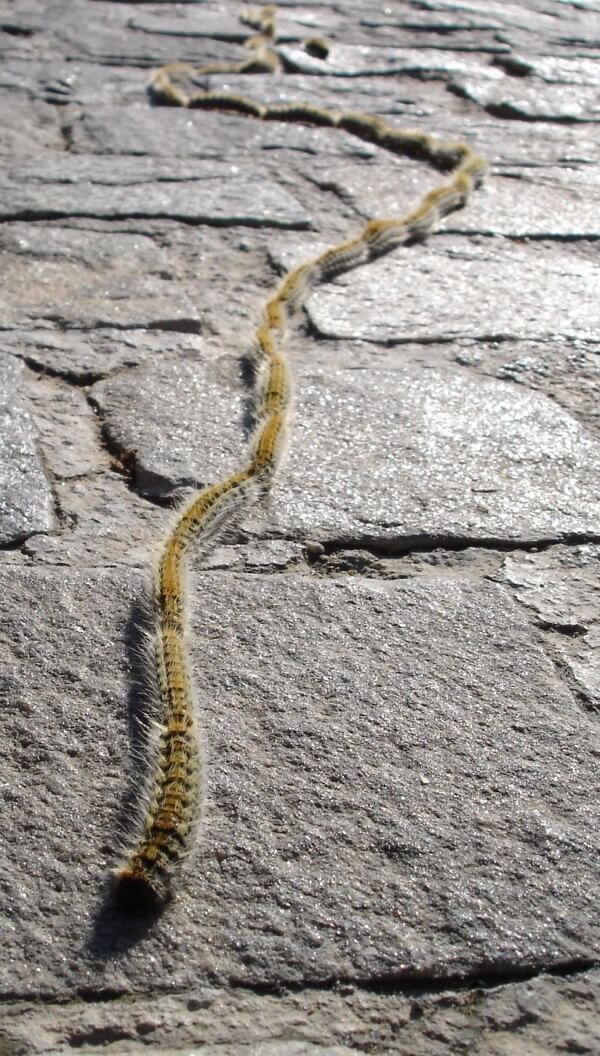Facts About Pine processionary
The pine processionary moth is a notorious pest that causes significant damage to pine and cedar trees across Central Asia, North Africa, and southern Europe. These moths are particularly infamous because their caterpillars have tiny, irritating hairs that can cause severe reactions in humans and other animals. One of the most fascinating aspects of this species is their behavior: the caterpillars travel in long, nose-to-tail lines and construct large, tent-like nests high up in pine trees to survive the winter.
Here’s a brief overview of their life cycle: Adult moths lay their eggs on pine trees. When the eggs hatch, the larvae begin feeding on pine needles. These caterpillars go through five developmental stages, and during the colder months, they seek refuge in silken nests. In the spring, they leave these nests in procession, burrow underground to pupate, and subsequently emerge as adult moths.
The pupal stage occurs within a white, silky cocoon buried in the soil. Adult moths have light brown forewings with darker markings and white hindwings. Females are larger than males, and interestingly, adults only live for a single day. During this brief lifespan, they mate and lay eggs, with the species typically being active from May to July.
Pine processionary moths are highly social and build shelters throughout their lives. Their caterpillars are responsible for defoliating trees, primarily targeting pines but also affecting larches. They forage during winter and have developed adaptations to regulate their body temperature to endure the cold.
These caterpillars mark their trails with pheromones and silk, following one another in processions for various tasks. They also possess built-in defense mechanisms: their irritating hairs can cause rashes and allergic reactions in humans. Natural predators, parasites, and viruses help control their population by targeting different stages of their life cycle.
To manage these pests, several methods are employed. Biological options such as Bacillus thuringiensis and insecticides like diflubenzuron are common. Monitoring techniques, including pheromone traps, help track their presence, while older methods involved using insecticides, oil, or manually removing nests.

 Gibraltar
Gibraltar